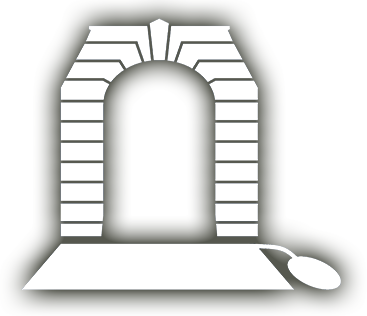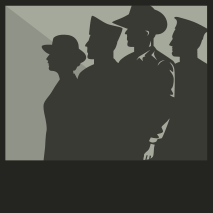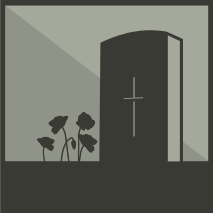CHRISTOPHERS, Christopher
| Service Number: | 6261 |
|---|---|
| Enlisted: | Not yet discovered |
| Last Rank: | Private |
| Last Unit: | 12th Infantry Battalion |
| Born: | Melbourne, Victoria, date not yet discovered |
| Home Town: | Launceston, Launceston, Tasmania |
| Schooling: | Not yet discovered |
| Occupation: | Stereotyper |
| Memorials: |
World War 1 Service
| 24 Aug 1916: | Involvement Private, 6261, 12th Infantry Battalion, --- :embarkation_roll: roll_number: '10' embarkation_place: Melbourne embarkation_ship: HMAT Botanist embarkation_ship_number: A59 public_note: '' | |
|---|---|---|
| 24 Aug 1916: | Embarked Private, 6261, 12th Infantry Battalion, HMAT Botanist, Melbourne |
Help us honour Christopher Christophers's service by contributing information, stories, and images so that they can be preserved for future generations.
Add my storyBiography contributed by Modbury High School
Christopher Christophers, son of J S Christophers grew up as an only child with no recorded data of his mother. His profession was a stereotyper. Christophers was a religious man who followed the Roman Catholic church. There were no records of him having a partner or family. He was born in Melbourne, Victoria before moving to live in Tasmania. Soon after migrating to Tasmania, he joined the army in Launceston, Tasmania at age 35. It was seen to be courageous for men to join the army and fight at war because people were putting their lives at risk. This label of men who fight at war being courageous was likely the reason for Christophers joining the army
Christophers enlisted in the army on the 12th of May 1916 in Launceston Tasmania. He then embarked on the HMAT 59 Botanist on the 24th of August 1916. He stayed in the 12th Battalion in the 3rd Brigade of the 1st Division for the time he was in the military, under the supervision of Lieutenant Colonel Lancelot Clarke. The unit was raised under the Australian Imperial Force (AIF), three weeks after the war was declared. As Christophers (private) was a member of an Infantry Battalion, this mean that his job was to carry a rifle and likely engaged in trench warfare
Christophers fought with the Battalion on the Western Front, at Poizeres, and the German spring offence, but the Battalion left before the battles ended to reinforce the other Battalions in the second battle of Passchendaele offensive. After this series of battles, Lieutenant Colonel John Gellibrand took command of the Battalion. The Battalion then moved to Belgium where they fought in the second battle of Passchendaele. They spent lots of time in the Flanders area and took part in the "Last Hundred Days" offensive after being brought south to the Somme. After they lost many battles in the “Last hundred days” campaign, the armistice was declared on November 11th, 1918, putting an end to Christophers’ service in the Australian Imperial Force.
Christophers retired from the military on December 4, 1918, after over 2 years of service.









